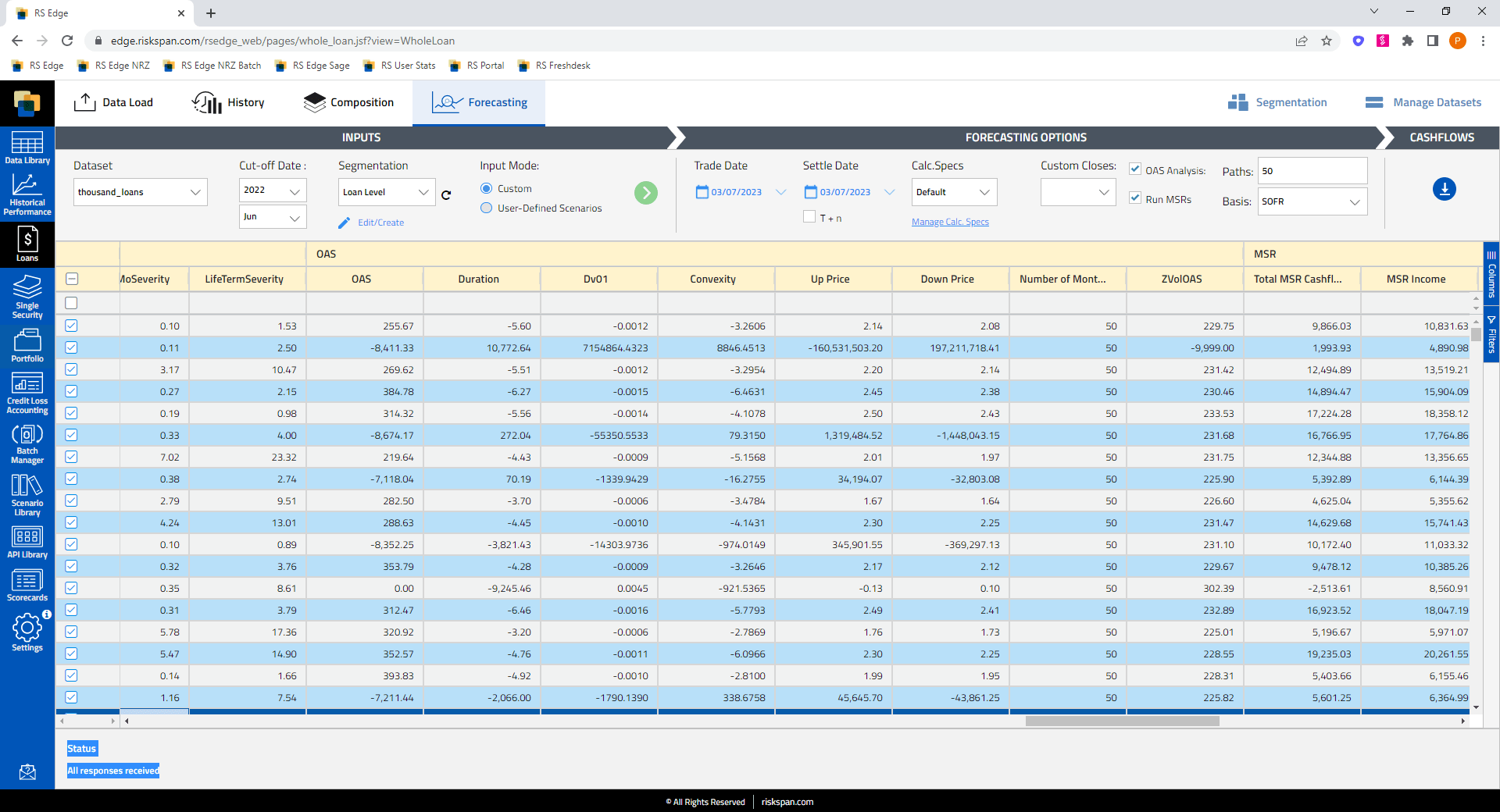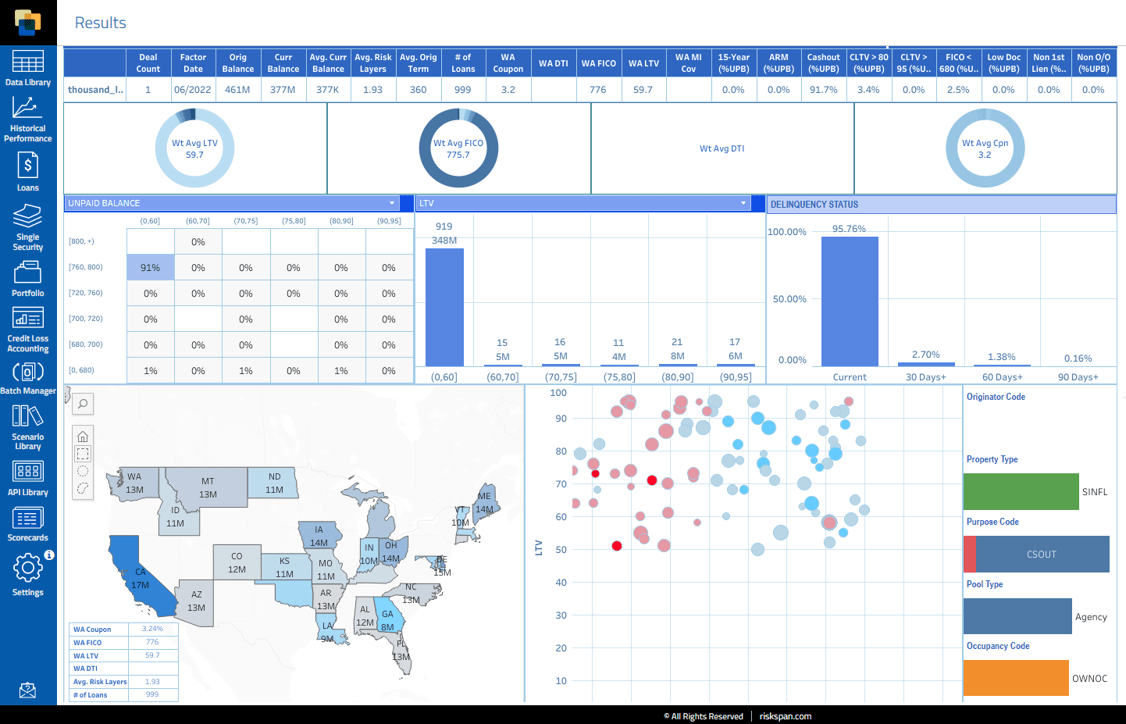RiskSpan’s April 2025 Models & Market Call: Credit Model v7, Prepay Volatility, and Credit Trends to Watch
Register here for our next monthly model update call: Thursday, May 15th at 1:00 ET.
Note: This post contains highlights from our April 2025 monthly modeling call, which delivered insights into the current economic climate, mortgage model enhancements, and borrower behavior trends. You can register here to watch a recording of the full 28-minute call.
Here’s what you missed:
Market Overview: A Climate of Volatility
With mortgage rates rebounding to 7%, the panel began by acknowledging the choppy waters ahead, flagging 2025 as a year likely to see persistent rate volatility. As recession risks grow and consumer stress indicators rise, modeling accuracy becomes more important than ever.
Notably, consumers are already strained:
- Rising consumer debt burdens
- Increased use of personal loans and second liens for debt consolidation
- Spikes in HEL/HELOC originations and securitizations
- Climbing Non-QM delinquencies, particularly among 2022–2023 vintages
Model Update: Credit Model v. 7.0
RiskSpan’s newly released Credit Model v7 marks a significant upgrade in loan performance modeling:
- Delinquency Transition Matrix core structure
- The model projects:
- Monthly CDR, CPR, and delinquency balances (0 through REO)
- Loss severities, liquidated balances, and P&I flows
- Modular components include:
- State Transition Model
- Severity and Liquidation Timeline Modules
- The model is fully integrated within RiskSpan’s platform, enabling custom inputs for whole loans and securities
This model empowers users with granular delinquency and cash flow forecasting, critical for managing portfolios amid market uncertainty.
Daily vs. Monthly Prepayment Trends: A Granular Look
Key findings here included:
- Daily prepay data showing extreme volatility, but offering early trend visibility
- Trend lines derived from daily data offering good proxies for future behavior
- Notable discrepancies within MBS-level data, especially among higher-coupon pools
RiskSpan’s continued focus on benchmarking these data sources helps refine both near-term and long-term modeling strategies.
Prepayment Behavior of Top-Tier Borrowers
The panel spotlighted borrowers with FICO scores over 800, revealing some counterintuitive dynamics:
- Initial refinance activity is higher in the 800+ cohort—”fastest out of the gate”
- But post-seasoning, refinance rates fall below those of the 700–750 FICO group
- This “crossover pattern” reflects a phenomenon the team called “Accelerated Burnout”
- Assumed strategic behavior, like exploiting lender credits, may amplify early refinance intensity
These insights underscore the nonlinear and evolving nature of borrower behavior, especially under fluctuating rate environments.
Model Performance: Staying on Track
RiskSpan’s Prepayment Model continues to track closely with actuals, validating its calibration even in today’s turbulent landscape. Combined with Credit Model v7, clients now have powerful tools for capturing credit and prepayment risk with more accuracy than ever.
Be sure to register for next month’s model update call on Thursday, May 15th at 1:00 ET.
Want a deeper dive into the new Credit Model or Prepay insights? Contact me to schedule a session with our modeling experts.




































